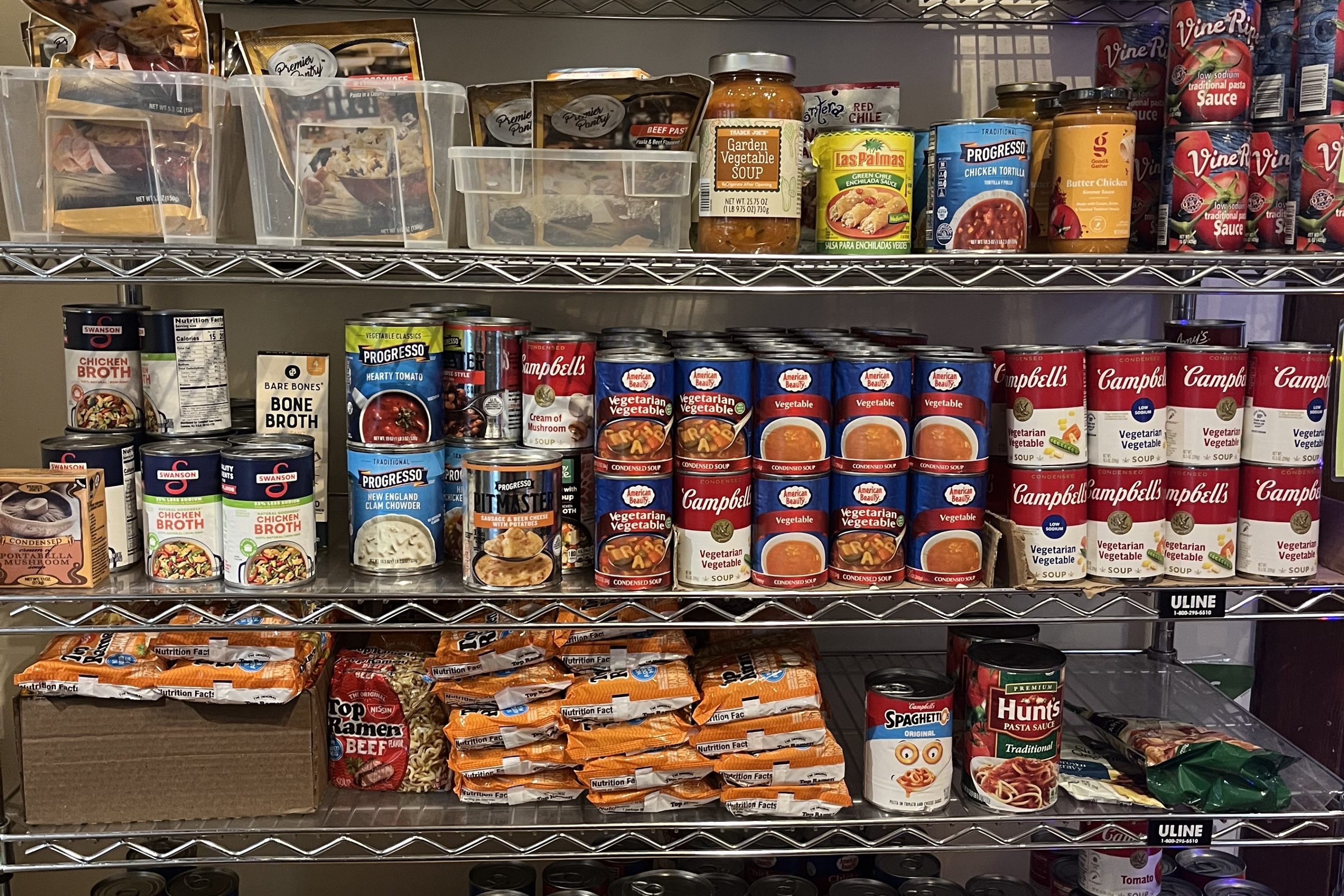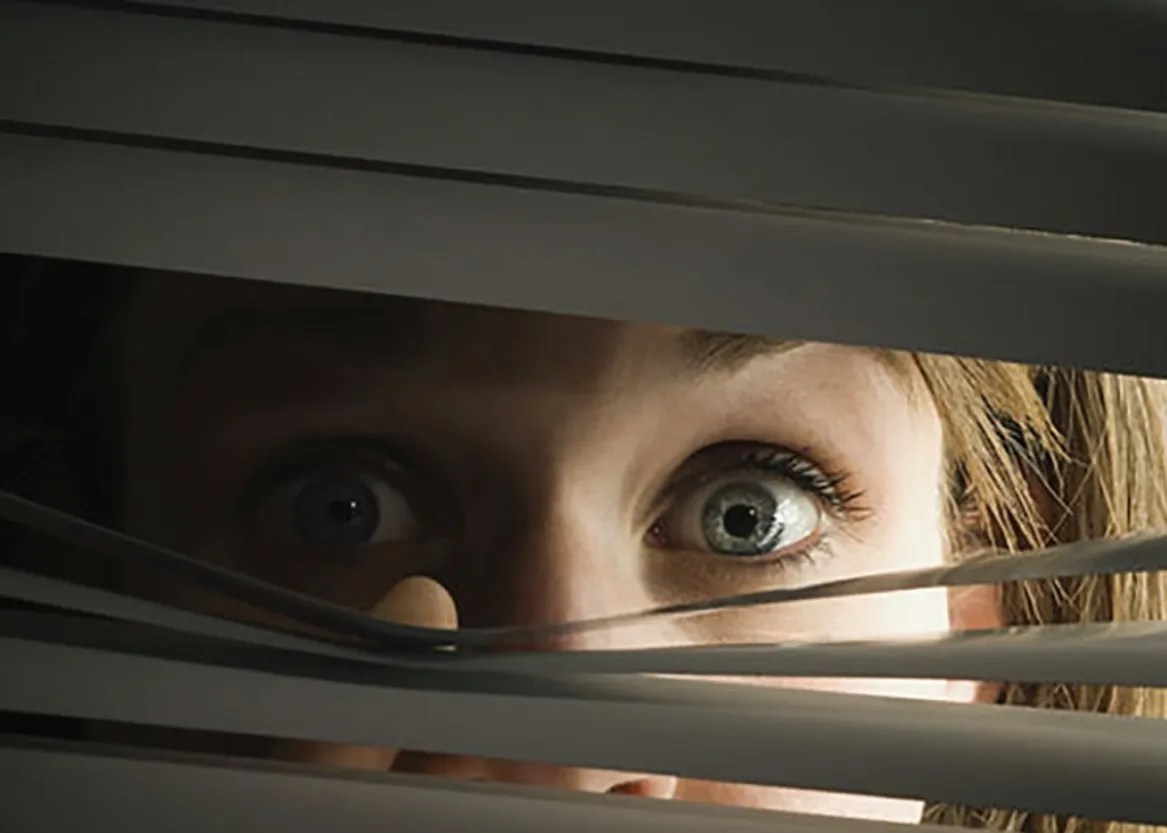Like many residences in Lowry Hill, my family’s home became a construction site this year after the August 2023 hailstorm that left roofs across the neighborhood in need of replacement.
After sorting through countless pamphlets and business cards, we settled on a contractor whose signs dotted lawns throughout the area. Paralyzed by too many choices, we let our neighbors’ decisions guide ours, essentially “crowdsourcing” our contractor decision.
What began as a straightforward roof replacement quickly evolved into months of construction, as our work on the roof highlighted other areas where maintenance had been too long deferred, such as trim, siding and storm windows.
Having been homeowners for some time, we expected the usual remodeling headaches — unforeseen latent issues, inevitable miscommunications. What we didn’t anticipate was the persistent threat of crime.
A glimpse into a week of relentless crime.
Start the clock on Sunday evening. As I stood at the kitchen sink, I watched a man back his car into our driveway and casually start loading our roofing materials into his trunk. Assuming he was part of the crew, I didn’t think much of it at first.
But a nagging feeling made me call the contractor, and sure enough, he was a building supply thief, not crew. When I went outside to confront him, he simply drove off with our supplies, leaving me shaken.
The following day, Monday, construction workers reported break-ins to their cars — one sideswiped as well — while opportunists in Kias and Hyundais prowled the street, checking door handles.
On Tuesday workers refused to work because regularly scheduled street sweeping meant that they couldn’t park near our house, so they were unable to monitor their vehicles.
By midweek, my house had become a de facto guarded camp, with one worker assigned full-time sentry duty to deter additional thefts. In all there were 11 attempted break-ins (that were witnessed), with five successful thefts.
In each instance, the targets were working class men, mostly immigrants, merely trying to earn a living, but instead reduced to guarding the tools that provide their livelihood and questioning their safety in this “dangerous neighborhood.”
That same week, three neighbors within a block reported attempted carjackings and muggings. Unfortunately, these crimes are not atypical but have become the new normal.
The growing presence of disorder in our cities is unsettling and oppressive, and quietly chips away at our sense of safety and well-being.
In a recent episode of The Ezra Klein Show, Charles Fain Lehman delves into the “hidden politics of disorder,” shedding light on how seemingly minor crimes — public intoxication, homelessness, encampments, panhandling, vandalism, loitering and petty theft — can have outsized effects on how secure people feel. Even as violent crime rates decline, these visible signs of disorder continue to leave communities on edge.
For my family, the impact of this disorder has been deeply personal.
Last summer, a family member was pistol-whipped and carjacked. More recently, our car was broken into, causing thousands of dollars in damage. These are experiences that are now shared by many.
Yet the material losses pale in comparison to the psychological toll — our trust in the city and county we call home, and its leaders, has been shattered. In our "blue" city, it feels as though the foundational promise of safety has eroded.
By contrast, at our rural cabin in “red” Wisconsin, life feels simpler and safer. We leave keys in cars, doors unlocked and breathe a sigh of relief, knowing the risks of crime are minimal.
But this dual reality isn’t sustainable for people without the means to escape. Minneapolis businesses and residents can’t thrive in a climate where the perception of safety continues to decline, driving people to seek refuge elsewhere.
The question isn’t just how we address crime, but how we rebuild the collective trust that makes urban life vibrant and viable.
Disorder may not always be violent, but its creeping presence threatens the fabric of our communities.
It's time to confront this challenge, not just with policy solutions, but with a shared determination to restore a sense of normalcy and security to our cities. The stakes are too high to ignore.
I pride myself as a problem solver but I’m completely stumped by this issue.
Over the past four years I’ve tried to be proactive in finding solutions to some of the problems stemming from the pandemic.
In 2020, I developed Avivo Village, creating tiny homes in a North Loop warehouse to house individuals experiencing homelessness In response to the park encampments in 2020, I developed Avivo Village for St. Cloud as well.
In 2021, I rallied neighbors to raise $60,000 for the North High School track team, providing a vital extracurricular outlet during the pandemic at the request of its Principal Mauri Friestleben.
In 2022, I became editor of this paper, reviving it to restore a sense of community after the chaos of COVID.
But this problem is vexing in the extreme.
That’s why I’m turning to you, our readers, for a solution.
Historically, crime-reduction strategies typically range between the “stick” of stricter law enforcement and the “carrot” of using social services to address root causes.
Yet both approaches often feel abstract, inadequate or inappropriate to many.
Policies like Former Mayor Rudy Giuliani’s "Broken Windows" strategy in New York City drew praise for reducing crime, but they also sparked criticism for disproportionately targeting marginalized communities and deepening systemic inequities. These approaches highlight the difficulties in finding solutions that are effective, equitable and sustainable.
As a community, we need ideas that are practical and actionable — steps we can take together to rebuild safety and trust in our neighborhoods.
I’m struck by the parallel between being told the economy is fine, even though many don’t feel it, and being told crime is down, while still feeling unsafe.
I want to feel safe walking my own sidewalk. I want to shop at Walgreens without needing an employee to unlock basic items like deodorant. I want a return to the sense of normalcy we once took for granted. Don’t you?
So, what’s the solution? A carrot? A stick? Something new? The Hill & Lake Press would love to hear your thoughts.






